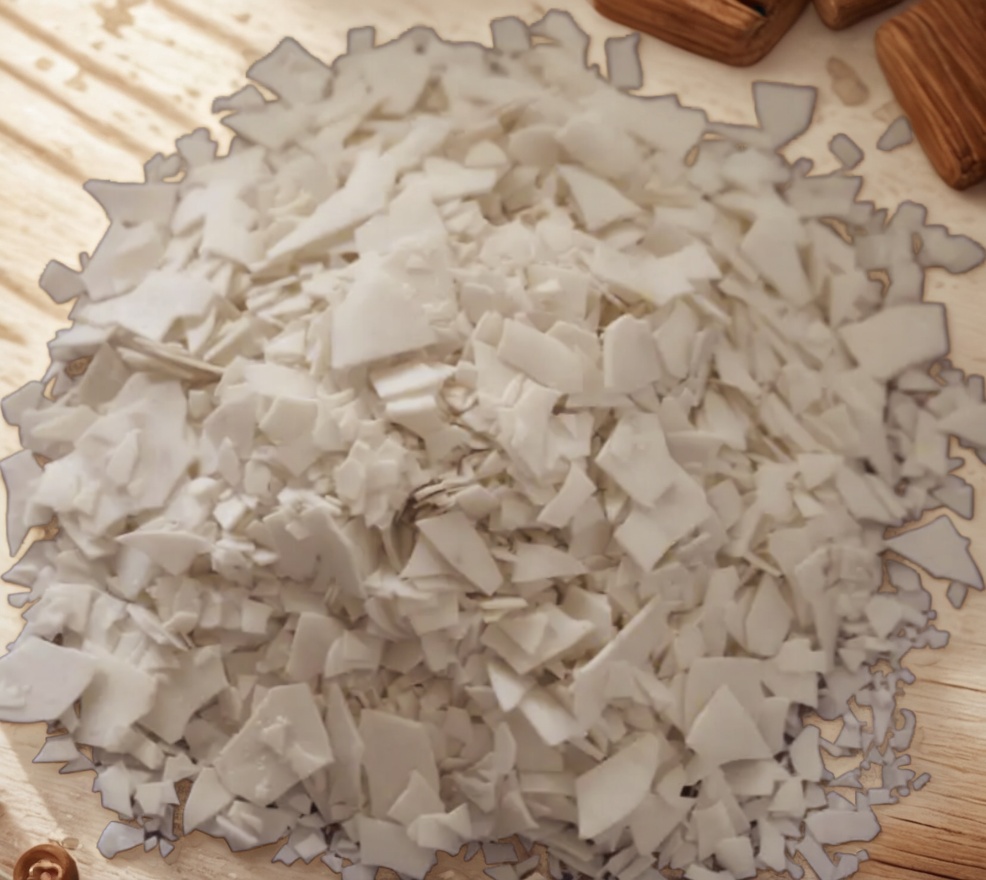In the vast and versatile world of modern materials, Polyvinyl Chloride, or PVC, stands out as one of the most widely used polymers. Its ubiquity in construction, healthcare, electronics, and consumer goods is a testament to its adaptability and cost-effectiveness. However, the raw PVC polymer is inherently unstable and would be practically useless without the addition of specialized additives. Among the most critical of these is the pvc stabilizer, an unsung hero that protects the material from degradation, ensuring it can be processed effectively and perform reliably throughout its intended lifespan. Without these essential chemical guardians, the durable pipes, clear packaging, and resilient window frames we rely on would quickly become brittle, discolored, and fail.

The fundamental role of a pvc stabilizer is to counteract the degradation process that PVC undergoes when exposed to energy, primarily in the form of heat during processing and ultraviolet (UV) light during outdoor use. When subjected to these stressors, the PVC polymer chain begins to break down, releasing hydrochloric acid (HCl) in a process known as dehydrochlorination. This initial release of HCl is problematic because it acts as a catalyst, dramatically accelerating further degradation in a destructive chain reaction. This cascade leads to severe yellowing, then browning, and ultimately blackening of the material. More critically, it causes a catastrophic loss of mechanical properties, such as impact strength and flexibility, rendering the final product fragile and unfit for its purpose. A stabilizer intervenes by performing several crucial tasks: it scavenges and neutralizes the released HCl, preventing the auto-catalytic breakdown; it can replace unstable chlorine atoms on the polymer backbone with more stable groups, fortifying the material from within; and it may offer secondary benefits like antioxidant or UV-absorbing properties, providing a multi-layered defense system for the polymer.
Historically, the landscape of PVC stabilization was dominated by lead-based compounds. These stabilizers offered exceptional long-term heat stability and were very cost-effective, making them a default choice for many rigid PVC applications, especially in pipes and profiles. They worked by reacting with HCl to form inert lead chloride, effectively halting the degradation cycle. While highly effective from a performance standpoint, the significant environmental and health risks associated with lead, a toxic heavy metal, led to a global shift away from their use. Regulations in many parts of the world now strictly prohibit or limit lead stabilizers, particularly in applications that come into contact with drinking water, food, or are used in consumer products and residential construction.
In response to these regulatory pressures and growing environmental consciousness, the industry developed and embraced mixed metal stabilizers. The most prominent among these are Calcium-Zinc (Ca-Zn) and Barium-Zinc (Ba-Zn) systems. Calcium-Zinc stabilizers have emerged as the leading eco-friendly alternative, now widely used across the globe for both rigid and flexible PVC applications. These systems operate on a synergistic principle. The zinc soap provides excellent early color stability by reacting quickly with HCl, while the calcium soap offers long-term stability. This combination is often enhanced with co-stabilizers like hydrotalcites and organic compounds to fine-tune performance for specific processing conditions and end-use requirements. Their non-toxic profile makes them suitable for sensitive applications, including potable water pipes, food packaging films, and medical devices, representing a significant advancement in sustainable polymer technology.
For applications demanding the highest level of clarity and exceptional heat stability, organotin stabilizers, particularly tin mercaptides, are the gold standard. These highly efficient stabilizers impart crystal-clear transparency to PVC, making them indispensable for producing items like transparent rigid films, blister packs, bottles, and corrugated sheets. The chemical mechanism of organotins is highly effective, allowing for high-temperature processing without discoloration. Different types, such as methyltin, butyltin, and octyltin, are selected based on the specific balance of performance, cost, and regulatory approval required. Octyltin stabilizers, for instance, are often approved for food-contact applications due to their lower migration and toxicity profile. While more expensive than other systems, their unparalleled performance in maintaining the aesthetic and physical integrity of clear PVC is unmatched.
Choosing the appropriate stabilization package is a complex decision that hinges on a deep understanding of the final product’s requirements. Factors like the PVC processing method (e.g., extrusion, calendering, injection molding), the required service life of the product, exposure to outdoor weathering, and, critically, compliance with regional and international regulations all play a pivotal role. This is where the expertise of reputable pvc stabilizer suppliers becomes invaluable. Sourcing materials from knowledgeable pvc stabilizer suppliers is not merely a transaction; it is a partnership. Premier suppliers offer more than just a product; they provide comprehensive technical support, help in formulating the right additive package, ensure consistent quality, and supply the necessary documentation for regulatory compliance, such as REACH and RoHS certificates.
The impact of these stabilizers is visible all around us. It is in the white, durable window profiles that resist fading and cracking after years under the sun. It is in the robust underground pipes that safely transport water and waste for communities. It is in the flexible, sterile tubing and blood bags used in life-saving medical procedures. It is in the vibrant, resilient vinyl flooring that beautifies our homes and the protective sheathing on electrical cables that ensures our safety. Each of these products owes its durability, safety, and performance to a carefully selected PVC stabilization system working silently within the material matrix.
In conclusion, the pvc stabilizer is a cornerstone technology in the plastics industry, transforming a fragile polymer into one of the world’s most versatile and enduring materials. The continuous evolution from lead-based systems to sophisticated Calcium-Zinc and organotin formulations reflects a commitment to enhancing performance while prioritizing human health and environmental sustainability. For any manufacturer aiming to produce high-quality, long-lasting, and compliant PVC products, collaborating with expert pvc stabilizer suppliers is a critical step. This partnership ensures that the final product is not only commercially successful but also safe, reliable, and built to stand the test of time.



评价
Clear filters目前还没有评价